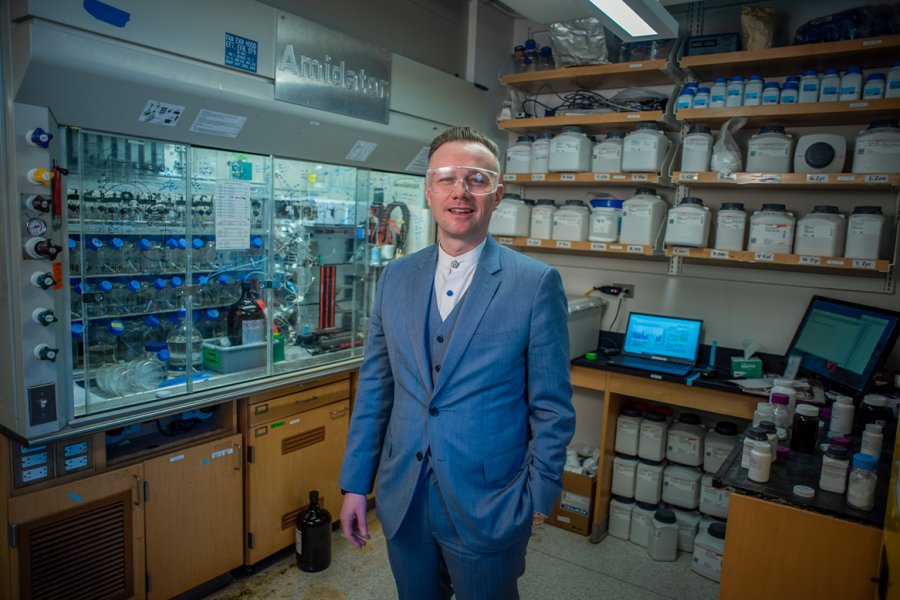Scientists have used AI to design proteins with two different states, essentially creating biological transistors that can change their shape depending on inputs, opening up new possibilities for biotechnology and medical solutions.
Chemists are developing a chemical map of all possible molecules to accelerate the discovery process for drugs and materials, with the help of artificial intelligence to determine the properties and viability of these molecules.
Artificial intelligence (AI) techniques, particularly machine learning, are increasingly being used in drug research and development (R&D), with applications expanding beyond small molecules to include large-molecule modalities such as antibodies, gene therapies, and RNA-based therapies. These therapies, which make up a significant portion of the biopharma industry's current and future commercial potential, are expected to represent approximately 50% of the oncology market by revenue in 2030, with the majority coming from antibodies.
Illinois researchers and chemists at Hoffman La-Roche have developed a machine learning tool that predicts the best conditions for a high-yielding carbon-nitrogen bond forming reaction, accelerating the process and reducing the need for time-consuming experimentation in the pharmaceutical industry.
A review published in Engineering explores the potential of machine learning (ML) in revolutionizing chemical research, providing insights into popular ML algorithms and their applications in chemistry.
Machine-learning algorithms developed at the University of Michigan can identify problem areas in antibodies that cause them to bind with non-target molecules, enabling researchers to modify the antibodies and optimize their effectiveness in fighting diseases like Parkinson's, Alzheimer's, and colorectal cancer.
Microsoft has introduced a framework called EvoDiff that can generate diverse proteins without requiring structural information, potentially revolutionizing protein engineering and drug development.
The use of generative AI, combined with federated and active learning, can accelerate the development of protein drugs by improving predictions of drug properties and enabling collaboration among biopharmaceutical companies while protecting their competitive interests.
Scientists are increasingly using AI tools for various scientific tasks, including drug discovery and protein shape prediction, and self-driving lab robots are seen as a potential means to further enhance research efficiency.
The use of AI tools like AlphaFold to predict protein structures and aid in drug discovery is gaining momentum, but questions remain about the quality and validation of the predicted interactions.
Researchers from the University of Eastern Finland, along with industry and supercomputers, have used machine learning to speed up virtual drug screening by 10-fold, reducing the processing time of 1.56 billion drug-like molecules.
Chemists used machine learning and molecular modeling to discover potential drugs that inhibit an enzyme responsible for uncontrolled cell division, which could be a promising target for cancer treatment.
Researchers have successfully used artificial intelligence (AI) tools, such as AlphaFold, to map the structure of a protein from the Langya henipavirus, a virus related to some deadly pathogens, allowing them to develop a prototype vaccine and highlighting the potential of AI in preparing for future pandemics.
Artificial intelligence (AI) is being used to design synthetic proteins, greatly speeding up the process of drug development and protein design in scientific research.
Israeli biotech startup Mana.bio has launched its programmable drug treatment solution, using AI to design lipid nanoparticles for RNA-based therapies, despite the recent attacks in the country, in order to push forward with drug development and benefit patients.
